
Neurographica is not just a doodle. It’s a method developed by Pavel Piskarev in 2014.
Using only a pen, you follow the basic algorithm to create Neurographica® and Neurographic Art.
Each line, curve, and intersection activates a new neural path in your brain.
This meditative drawing helps you feel calm, focused, and free, without needing any artistic skill.
It may look therapeutic, but it’s not art therapy.
👉 Neurographica is a conscious tool for personal insight.
Let’s explore Neurographica definition and how you can create new neuron connections using this wonderful method.

Neurographica Definition: What Is Neurographica®? The Art of Drawing for Mindfulness and Change
Neurographica® is a creative drawing method developed by Russian psychologist and architect Pavel Piskarev. He’s the one who coined the term and form of art called Neurographica.
It’s an art form based on neuropsychology, Gestalt, and analytical psychology.
This art technique uses simple steps to help transform thought patterns and reduce stress levels.
The Neurographica method involves making art with lines and shapes that resemble neurons, nature – they are biomorphic.
You use a marker like Sharpie, felt tip pen, or even colored pencils.
As you draw a long, unpredictable line, you begin creating a neurographic art piece.
👉Lines cross and intersect — just like neural connections in the human brain.
At every intersection, you round the sharp angles. This action is based on scientific principles.
These forms elicit calm, focus, and creativity, without needing to be an artist. Check out this blog post to learn more about the Differences Between Neurographica and Neurographic Art.
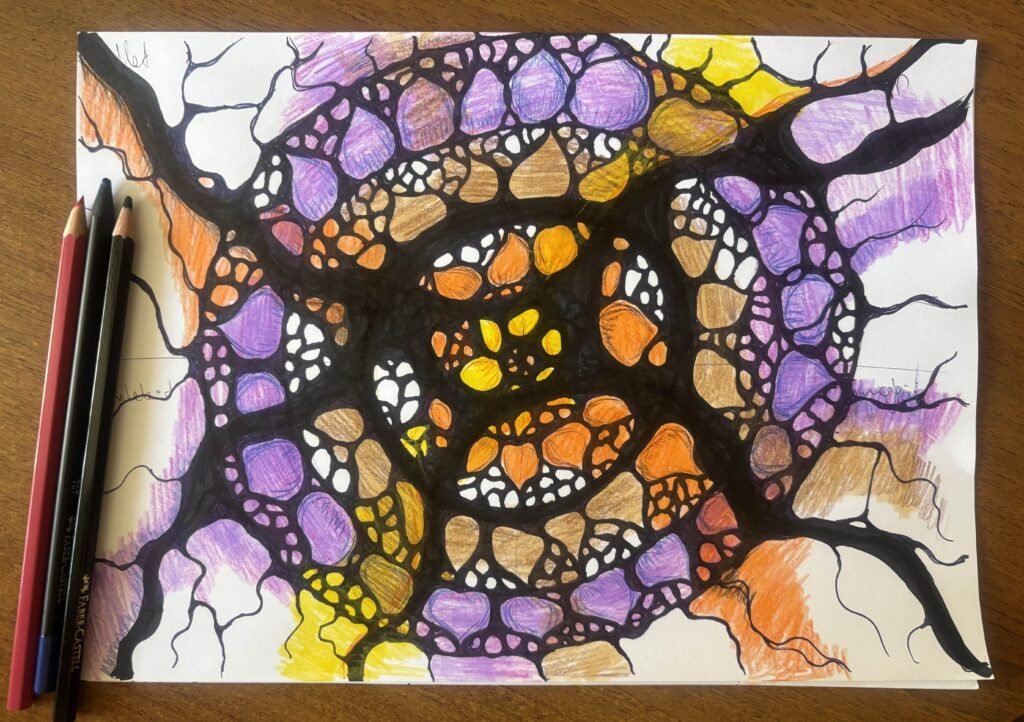
Neurographica® is:
- A kind of art that helps you think visually
- A coaching art technique (not therapy)
- A method of transforming the world through mindful drawing
- A scientifically validated way to create new neural pathways
The benefits of Neurographic Art include:
- Lower stress and chronic pain
- Higher self-awareness
- More creative thinking
- A better connection between conscious and unconscious
This isn’t just doodling. It’s one of the most widely practiced psychological techniques today. More than 10M people draw neurography and Neurographic Art.
It’s art that transforms you — socially, emotionally, and mentally.
Want to try it yourself?
✨ Download this Neurographica Step-by-Step Guide and start creating your own beautiful artwork today!
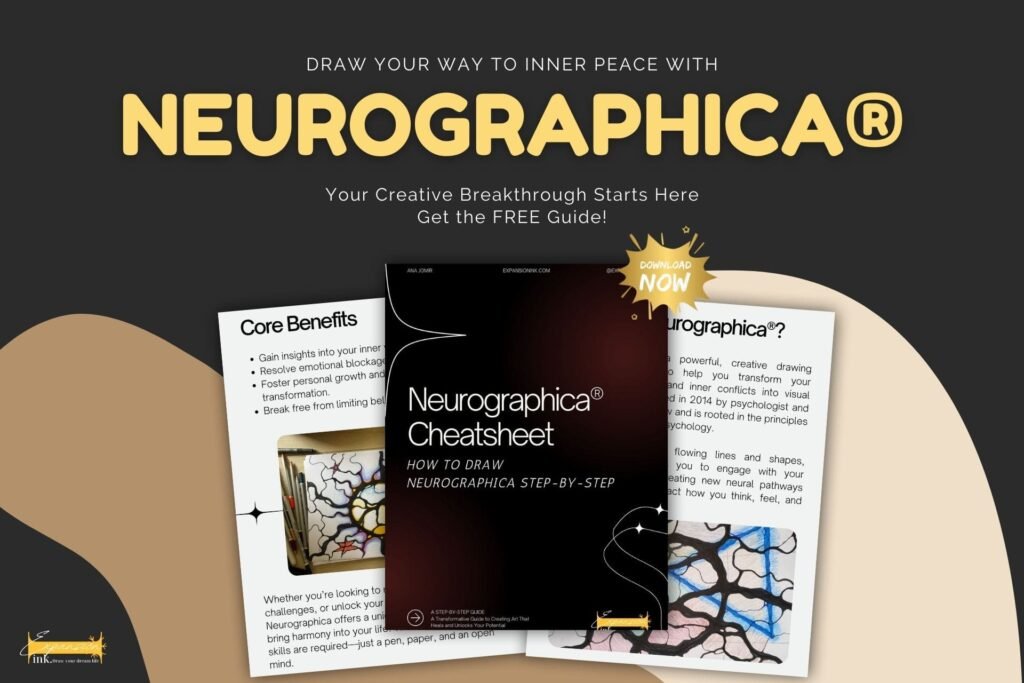
Neurographic Art vs. Neurography: What’s the Real Difference?
Neurographic art and neurography may look similar, but they serve different purposes.
Neurographica® is a structured method used to work through specific problems, while neurographic art (neuro art)uses its patterns and principles more freely, in relaxed or creative contexts. Check out this blog post: What’s the Difference Between Neurographica and Neurographic Art for more details.
Neurographic art is a form of art. It’s expressive, creative, and emotionally freeing.
You may add color, loop lines, or focus on what looks good — it’s flexible and fun.
Art teachers and creativity entrepreneurs love it because it’s accessible and needs a lot less “work”.
It uses the patterns identified by various schools of psychology, but more loosely.
Neurography, however, is a scientifically validated and proven method. It’s a creative method of transforming your life through specific steps.
You work on a desired reality using the neurographic art method with clear intention.
Each time your lines intersect, you round the sharp corners — that’s part of the process.
It’s not just a drawing. It’s a way to make new brain cells connect and create a new reality.
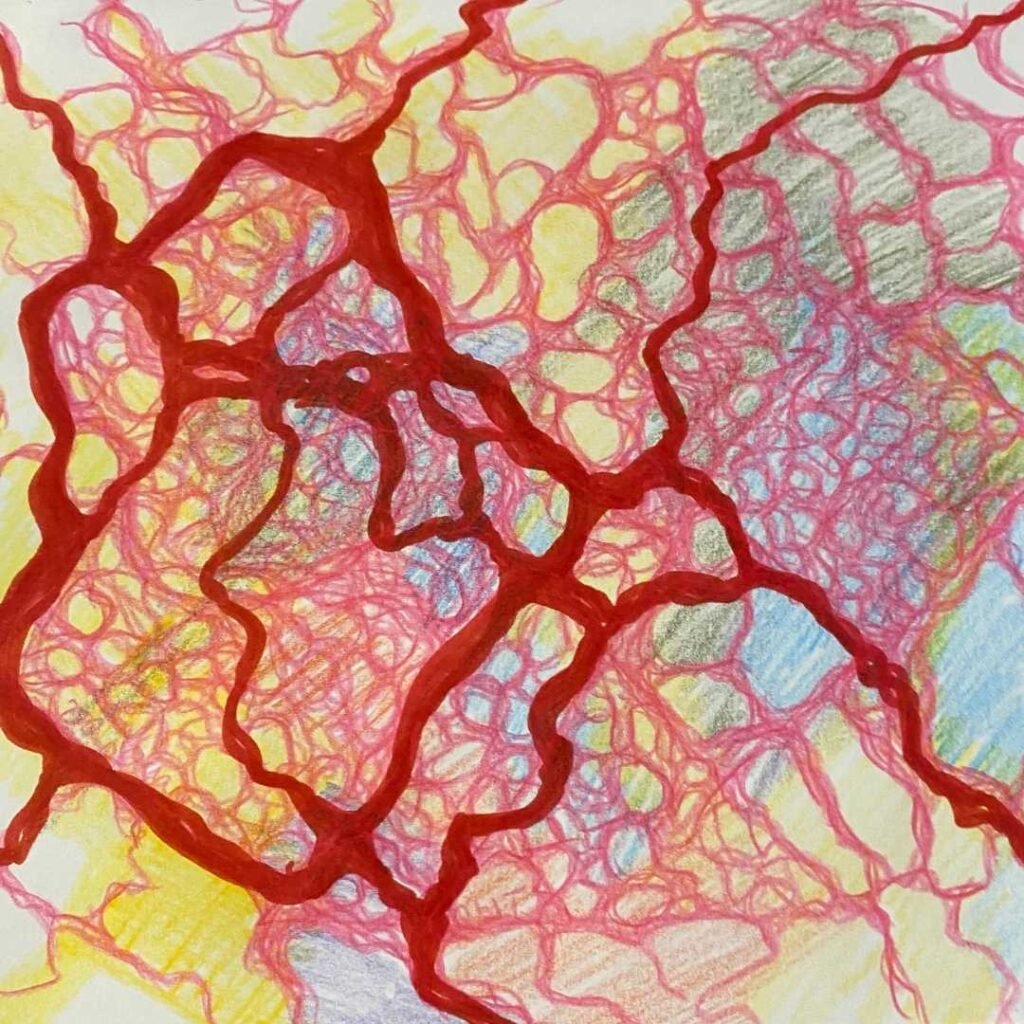
Neurography is often used in:
- Visual thinking – to externalize complex thoughts and make them easier to understand and transform.
- Psychosynthesis – to integrate conflicting parts of the self and support inner harmony.
- Social and emotional development – helping individuals build self-awareness, empathy, and emotional regulation.
- Stress and anxiety reduction – by calming the mind through structured drawing.
- Creative coaching – guiding clients toward clarity and insight using visual processes.
- Personal transformation work – addressing limiting beliefs and activating new thought patterns.
- Educational settings – to enhance focus, memory, and engagement through hands-on creativity.
Both are powerful, but used differently.
Neurographic art would be a great way to start creatively exploring your mind.
Using Neurographica® helps when you’re ready to go deeper and commit to change.
✨ Download this Neurographica Step-by-Step Guide and start creating your first neurography drawing!
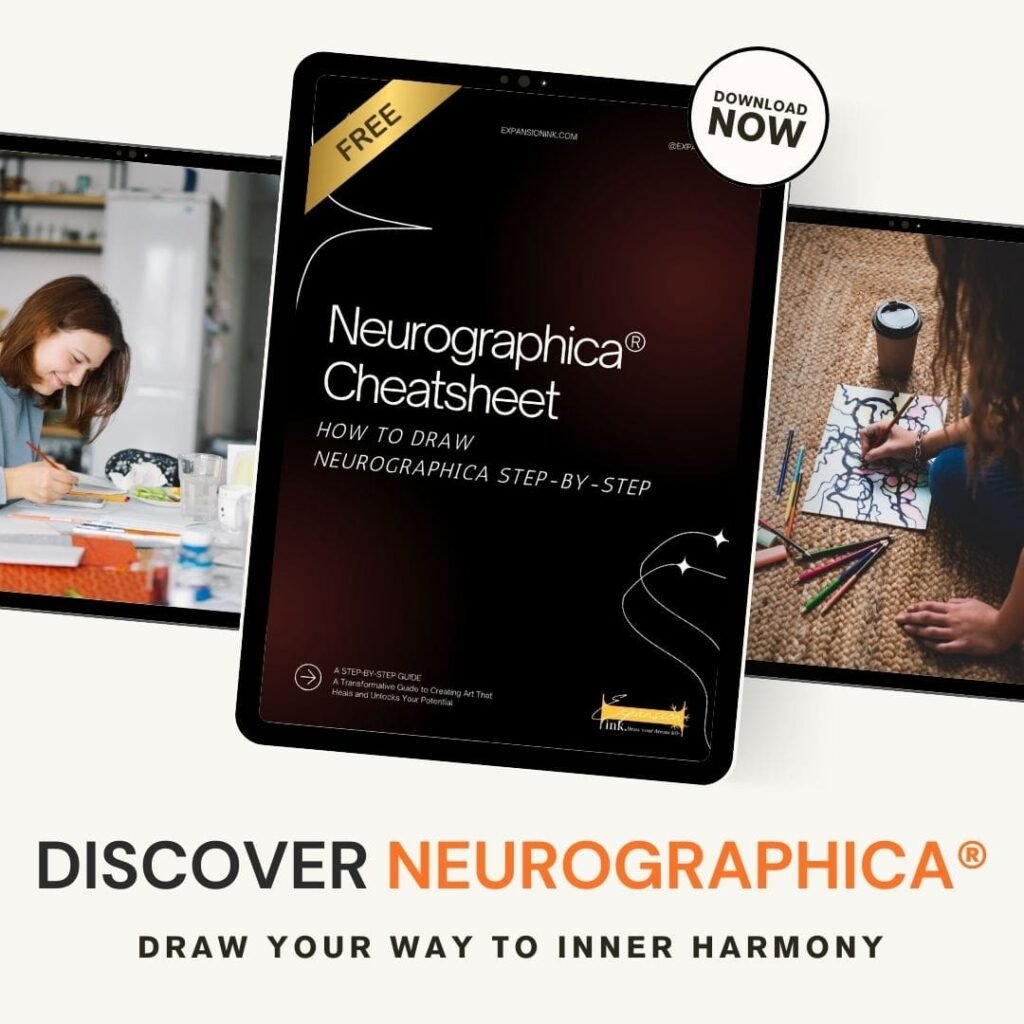
The Power of the Neurographic Line: Drawing with Purpose and Resistance
The neurographic line is where change begins. It’s not random — it follows laws and patterns identified in nature. It’s biomorphic.
To create neurographic art, you must draw this line with awareness and intention.
Use your dominant hand and start from the middle of the page, or anywhere you feel called.
As lines cross, they form points of tension, just like challenges in life. Take your time and round them off. This process is slow and mindful.
Each curve and turn is a chance to shift your thinking.
This art is a therapeutic practice, but it’s not therapy. It’s a therapeutic art of self-guided insight.
You’re not just making a piece of art — you’re reshaping your reality.
✨ Download the Neurographica Step-by-Step Guide and experience the power of the line for yourself.
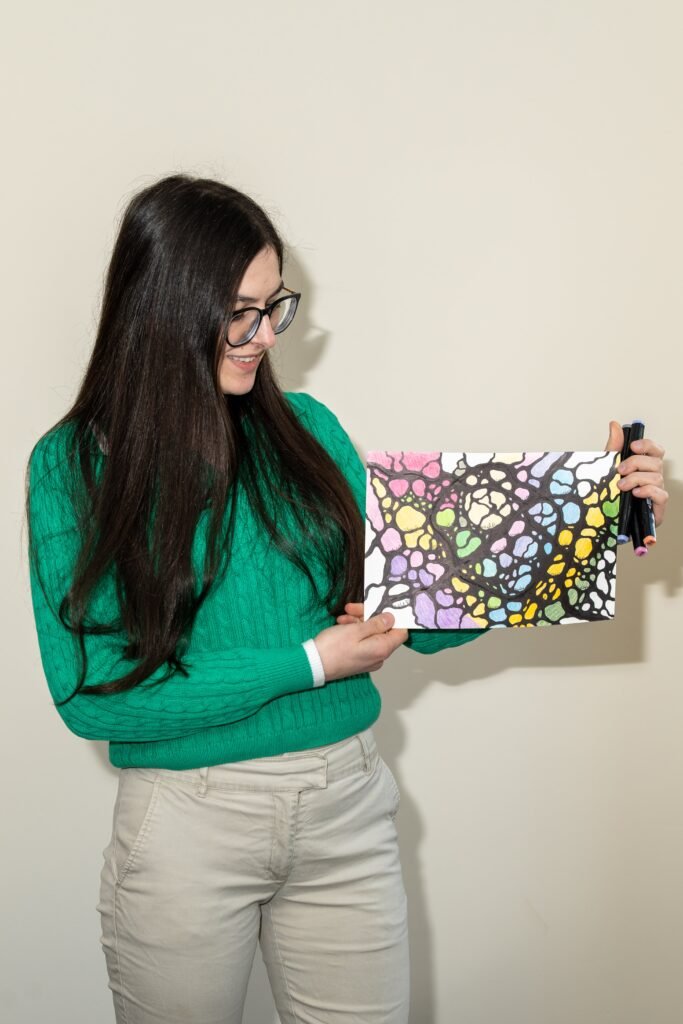
How Neurographica® Turns Drawing into Insight
Neurographics helps you think on paper.
Each line, shape, and intersection reflects your inner world.
As you draw, thoughts surface—some conscious, some unconscious. You start to notice patterns, emotions, and resistance.
The act of drawing slows the mind and clears mental clutter.
👉 What felt confusing becomes visible, structured, and manageable.
With each round corner, you soften inner conflict and build clarity.
Insight comes not through thinking, but through taking the time to feel and draw.

Neurographica helps you:
- Recognize limiting beliefs
- Rewire emotional responses
- Visualize the next step
- Access deep, intuitive knowing
The more you draw, the more you understand yourself.
✨ Try it now—download the Neurographica Step-by-Step Guide and start your insight journey today!
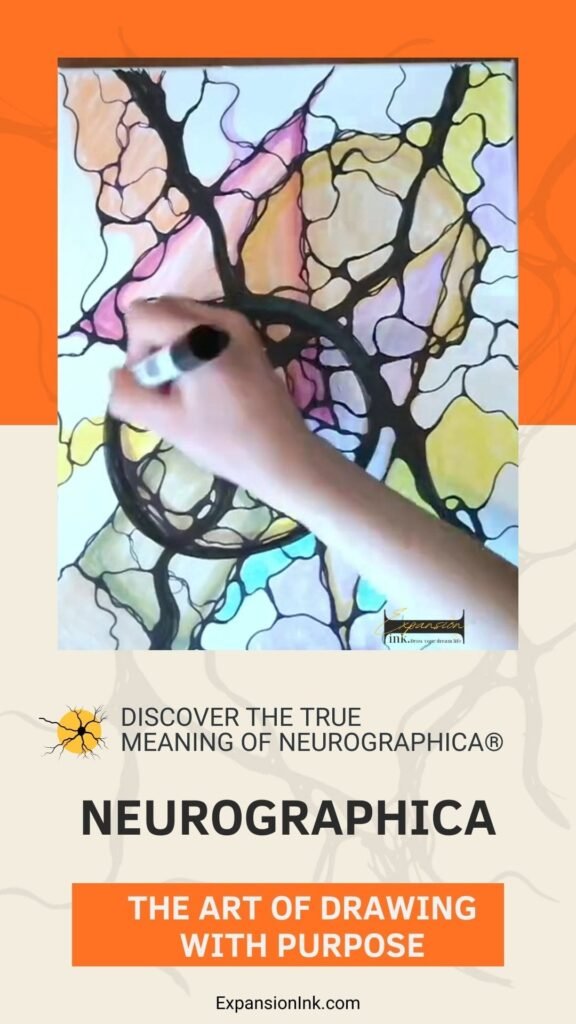
Creating Neurographic Artwork: Unlocking the Brain’s Potential on Paper
Creating neurographic artwork is simple—but powerful. With just a pen and intention, you activate new thinking.
Each drawing session helps your brain make new, flexible connections. You turn emotional tension into calm, and confusion into clarity.
This isn’t just a drawing. It’s a way to shape your reality. You don’t need talent—just willingness to explore and grow.
Remember:
- Every line matters
- Every corner holds insight
- Every drawing is a step forward
✨ Ready to begin? Download the Neurographica Step-by-Step Guide and unlock your brain’s creative power today!
What is the theory of Neurographica?
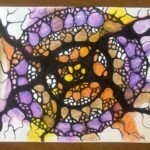
Neurographica® is based on psychology and neuroscience. It uses mindful drawing to influence thought patterns and behavior.
What does Neurographica do to the brain?
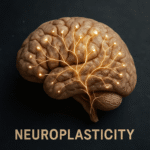
It activates new neural pathways, reduces stress, and helps rewire limiting beliefs through visual, repetitive drawing.
What is the meaning of the term Neurographic?
“Neurographic” combines neuro (brain) and graphic (drawing). It refers to drawing that interacts with neural and emotional processes.
What are the rules for Neurographics?
1. Lines must be unpredictable and non-repetitive. 2. Round all sharp intersections. 3. Follow a step-by-step algorithm. 4. Draw with intention and awareness
